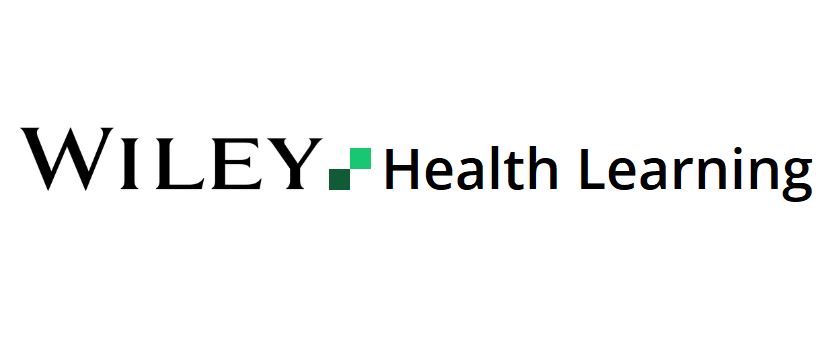Journal: American Journal of Hematology
Credit: 1.0 AMA PRA Category 1 CreditTM
Release Date: February 18, 2025
Abstract
Backbone therapy for acute myeloid leukemia for younger adults has for 50 years been based on a combination of cytarabine and anthracycline. Over the past 10 years the addition of several targeted agents has been found to improve the outcomes of subsets of AML with particular molecular changes. In this review we will examine the data generated to date on the addition of agents targeting CD33, FLT3, IDH, and BCL2 to standard high intensity therapies. We will also review the potential for future studies evaluating the application of highly active lower intensity therapies developed in older adults to patients considered “fit for high intensity induction.” Lastly, we review the data around the role of stem cell transplant in the modern targeted era.
Activity Disclosures
Supported by an Independent Medical Education grant from AbbVie Inc.
K.W.P.: Research funding from AbbVie, Agios, Daiichi Sankyo, Kura Oncology, Jansen, Millennium; advisory board member for AbbVie, Astellas, Astra Zeneca, Boston Biomedical, BMS, Celgene, Daiichi Sankyo, Novartis, Jazz Pharmaceuticals, and Servier. H.P.E.: Consultant for Abbvie, Astellas Pharma, BMS, Daiichi Sankyo, Glycomimetics, Incyte Corporation, Jass Pharmaceuticals, Kura Oncology, Novartis, Pfizer, Servier, and Stemline Therapeutics.
This activity underwent peer review in line with standards of editorial integrity and publication ethics. Conflicts of interest have been identified and resolved in accordance with John Wiley and Sons, Inc.’s Policy on Activity Disclosure and Conflict of Interest.
Accreditation
John Wiley and Sons, Inc. is accredited by the Accreditation Council for Continuing Medical Education to provide continuing medical education for physicians. John Wiley and Sons, Inc. designates this journal-based CME activity for a maximum of 1.0 AMA PRA Category 1 Credit™. Physicians should only claim credit commensurate with the extent of their participation in the activity.
For information on applicability and acceptance of continuing medical education credit for this activity, please consult your professional licensing board.
This activity is designed to be completed within 1 hour. To successfully earn credit, participants must complete the activity during the valid credit period, which is up to three years from initial publication. Additionally, a score of 70% or better is needed to pass the post test.
Link to content: American Journal of Hematology | Blood Research Journal | Wiley Online Library
Subscription access to American Journal of Hematology is required for article content not under Open Access license.
